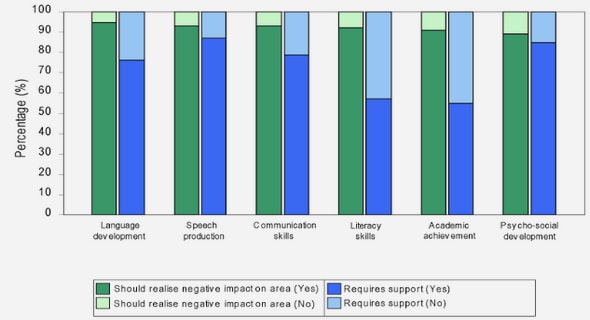(Downloads - 0)
For more info about our services contact : help@bestpfe.com
Table of contents
CHAPTER 1: FISHERIES AND ATLANTIC SALMON
1.1. Fisheries management
1.1.1 Precautionary approach and management
1.1.2 Sources of uncertainty
1.2. Dealing with uncertainty using a Bayesian approach
1.3. A case study: Atlantic salmon in the Foyle catchment (Ireland)
1.3.1 Biology
1.3.2 Conservation status of wild Atlantic salmon
1.3.3 Foyle catchment description and data available
1.4. Bayesian modelling framework
1.4.1 Frequentist vs. Bayesian statistics
1.4.2 Bayes’ theorem
1.4.3 Prior distributions
1.5. Hierarchical modelling and state-space models
1.5.1 Hierarchical modelling
1.5.2 State space models
1.5.3 Bayesian inference for complex model in practice
CHAPTER 2: ESTIMATING 0+ JUVENILE PRODUCTION FROM 5 MINUTES ELECTRIC FISHING ABUNDANCE INDICES
2.1. General introduction
2.2. Building a relationship between 0+ juvenile densities and 5 minutes electric fishing abundance indices
2.2.1 Introduction
2.2.2 Material and methods
2.2.3 Results
2.2.4 Discussion
2.3. Estimating average 0+ juvenile densities for several geographical unit
2.3.1 Data available
2.3.2 Modelling
2.3.3 Results
2.3.4 Discussion
CHAPTER 3: IS IT WORTH COUNTING REDDS TO ASSESS ATLANTIC SALMON SPAWNING ESCAPEMENT?
3.1. Introduction
3.2. Material and Methods
3.2.1 Study site
3.2.2 Field data collection
3.2.3 Modelling
3.2.4 Bayesian inference and posterior computations
3.2.5 Posterior model checking
3.2.6 Estimating adult returns from redd counts alone
3.3. Results
3.4. Discussion
CHAPTER 4: A LIFE STAGE STATE-SPACE MODEL FOR ATLANTIC SALMON POPULATION DYNAMICS IN THE FOYLE CATCHMENT.
4.1. Introduction
4.2. Material and methods
4.2.1 Data
4.2.2 Modelling
4.2.3 Parameters of management interest
4.2.4 Inter-generation replacement ratio (IGRR)
4.2.5 Bayesian inference and posterior computation
4.2.6 Posterior checking
4.2.7 Predictions
4.3. Results
4.3.1 Observation models
4.3.2 Exploitation and populations dynamic model
4.4. Discussion
4.4.1 Modeling or dealing with limitations and constraints
4.4.2 Outputs of the model for management advice
4.4.3 Beyond the case study
CHAPTER 5: GENERAL DISCUSSION
5.1. Objectives
5.2. Population dynamics in the Foyle catchment
5.2.1 Main results
5.2.2 Perspectives and improvements
5.2.3 Management

